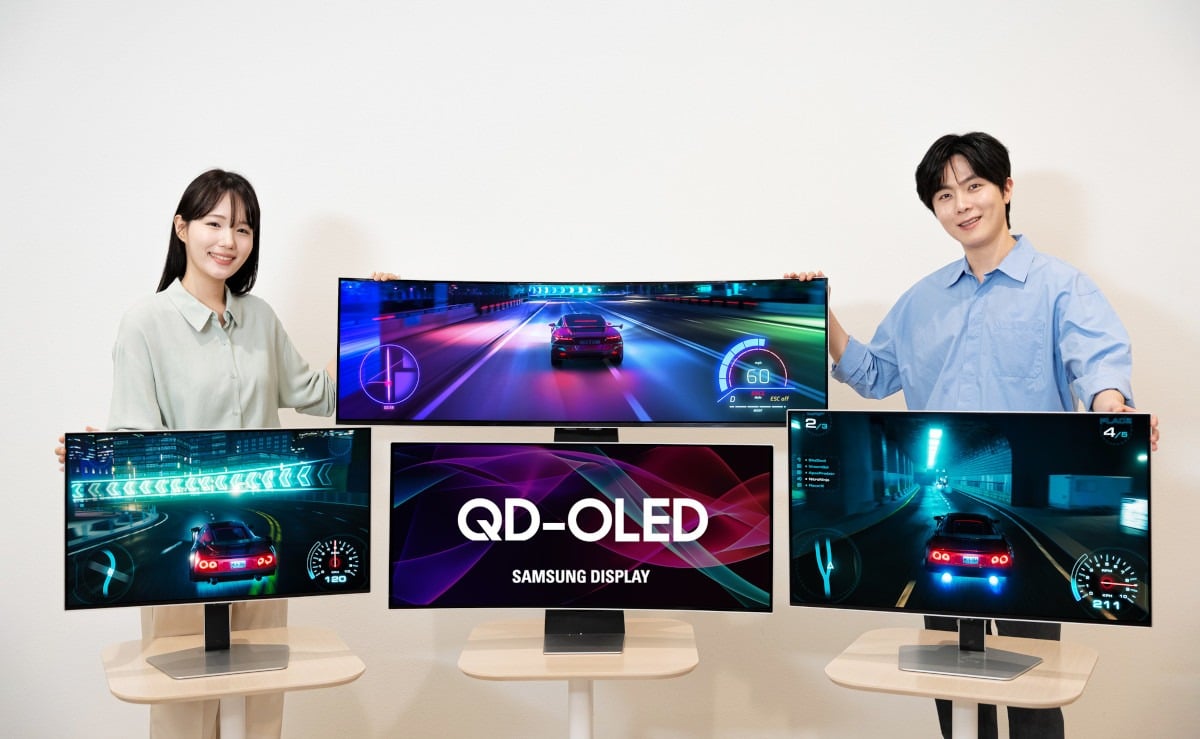Samsung Display has become the first company in the display industry to receive perceptual brightness validation from UL Solutions, a leading global safety science organisation. The newly introduced True Bright certification evaluates both black luminance and perceptual contrast using a standard measurement method established by Semiconductor Equipment and Materials International. This standard allows for a more accurate assessment of how bright a display appears to the human eye.
UL Solutions tested 15 Samsung OLED products, including displays for laptops, tablets, and automotive applications, as well as seven QD-OLED models for monitors and TVs. The results showed that Samsung’s OLED and QD-OLED panels appear, on average, 1.5 times brighter than LCDs, even when the physical luminance levels are the same.

For example, a 300-nit Samsung OLED display matched the perceived brightness of a 510-nit LCD, while a 500-nit QD-OLED was equivalent in perceived luminance to a 767-nit LCD. This is largely due to the OLED’s exceptional contrast ratio of 1,000,000:1, which enhances perceived luminance dramatically. “With the growing demand for high-performance IT and automotive displays, achieving high brightness with low power consumption is critical,” a Samsung Display official stated.
“Samsung OLED displays deliver superior visual performance and efficiency compared to LCDs.” The certification highlights Samsung’s leadership in display innovation, particularly in enhancing outdoor visibility and energy efficiency..
Technology

Samsung OLEDs Set New Standard for Brightness with UL Certification

Samsung Display has become the first company in the display industry to receive perceptual brightness validation from UL Solutions, a leading global safety science organisation. The newly introduced True Bright certification evaluates both black luminance and perceptual contrast using a standard measurement method established by Semiconductor Equipment and Materials International. This standard allows for a... Read More















